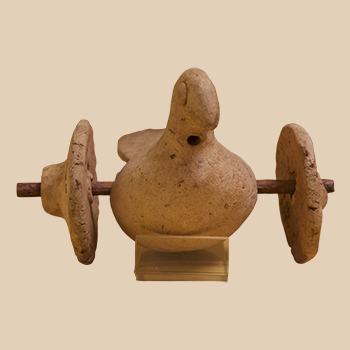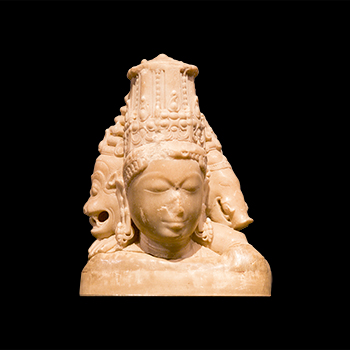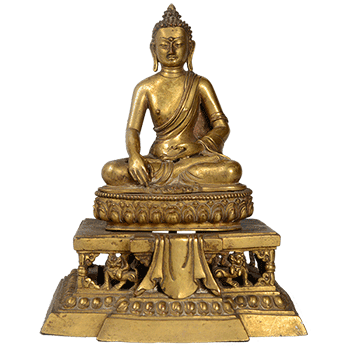The discovery of terracotta figures and toys is of great value for the Indus valley civilization. It not only throws light to its extent and period, but more importantly it highlights how this culture catered to needs of entertainment of its people. The real objects of nature in their miniature forms were made for children, a tradition that is to be found to be existing in India even today. Of late the finding of such toys has given rise to the area of research known as the archaeology of childhood, which seeks to construct the childhood of a particular culture through the analysis of the terracotta findings of that area.































